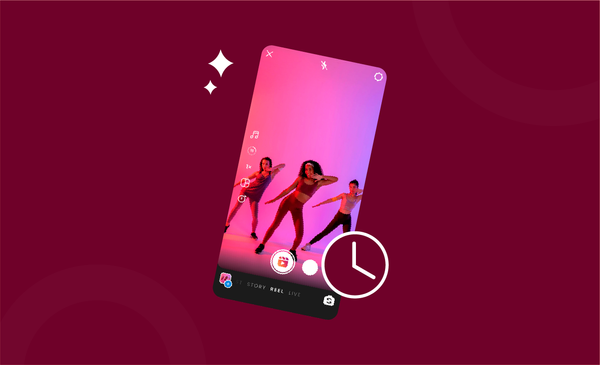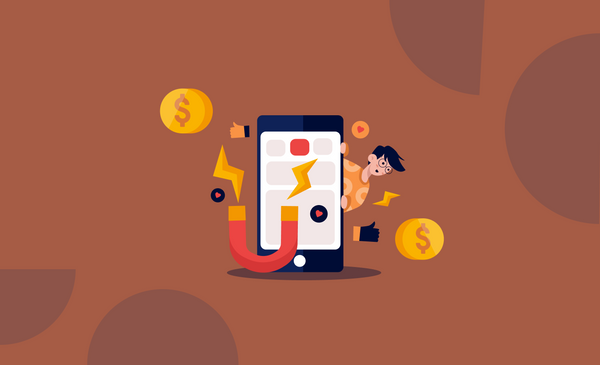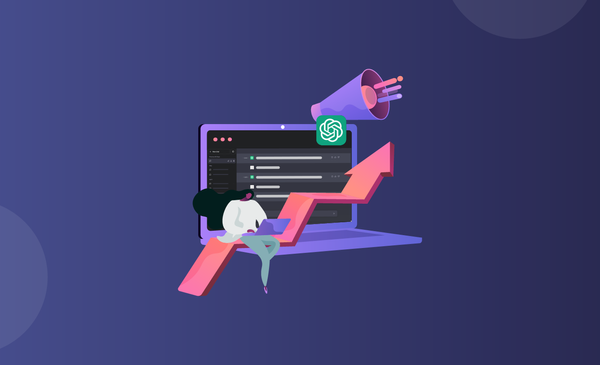Monetization Disabled on YouTube: Cause and Solutions?
Monetization disabled on your YouTube channel, and not sure why? We got you covered with answers and solutions for all possible scenarios!
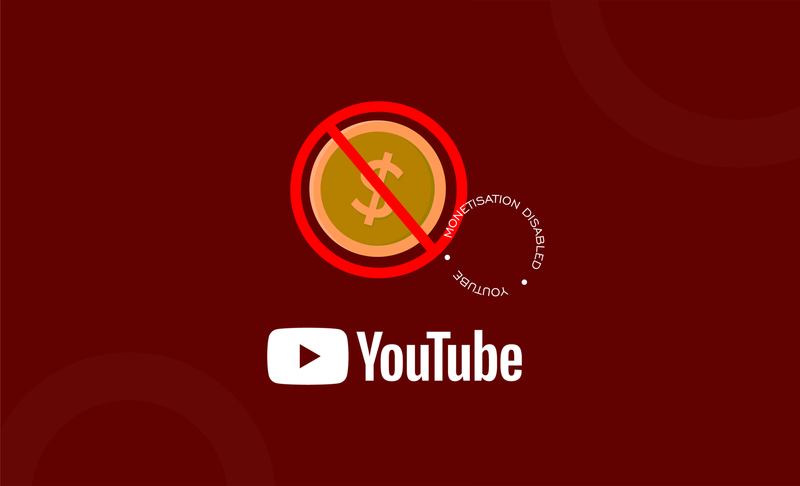
You finally got into the YouTube Partner Program, and everything’s going well.
One fine day, you receive a notification from YouTube which tells you that your monetization has been disabled.
If you are going through something like this, don’t panic!
We will guide you through everything you need to know on what to do if your monetization gets disabled on YouTube.
Continue reading to understand some of the possible causes and solutions for fixing your disabled monetization, and turning it back on again!
Why is Monetization Disabled on my YouTube Channel?
Getting into the YouTube Partner Program after qualifying the criteria of 1000 subscribers, and 4000 watch hours is no small feat.
You need to spend countless hours creating high-quality, and engaging content that would make people subscribe to your channel, and consume your content.
This also needs to be done on a consistent basis, and that’s where many YouTube creators fail.
But, you’ve persisted, and finally got your YouTube channel monetized, and that’s a major accomplishment for any creator on YouTube.
Losing all this in just one notification can be very depressing and demotivating for a creator.
That’s why we want to make sure that you, as a creator, get it fixed immediately, and re-start earning from YouTube again!
For that, you need to first find out why monetization is disabled on your YouTube channel.
On most occasions, YouTube will notify the creator of what infringement caused the YouTube monetization to be disabled on your account, either through the e-mail or through the “Revenue” tab of YouTube Studio.
However, if the cause of monetization becoming disabled on your YouTube channel is not clear - reach out to YouTube through the ‘Chat with Creator Support’ option (available only for creators that are part of the YouTube Partner Program).
You may have to wait for a couple of minutes in the virtual queue before a staff connects to you, but they will be able to guide you through your problem.
You can also check out the help page by clicking on the question mark (?) icon from the top right side of the page on YouTube Studio.
If this does not help you, here are some probable reasons that could lead to your YouTube monetization becoming disabled.
1. Copyright Infringement
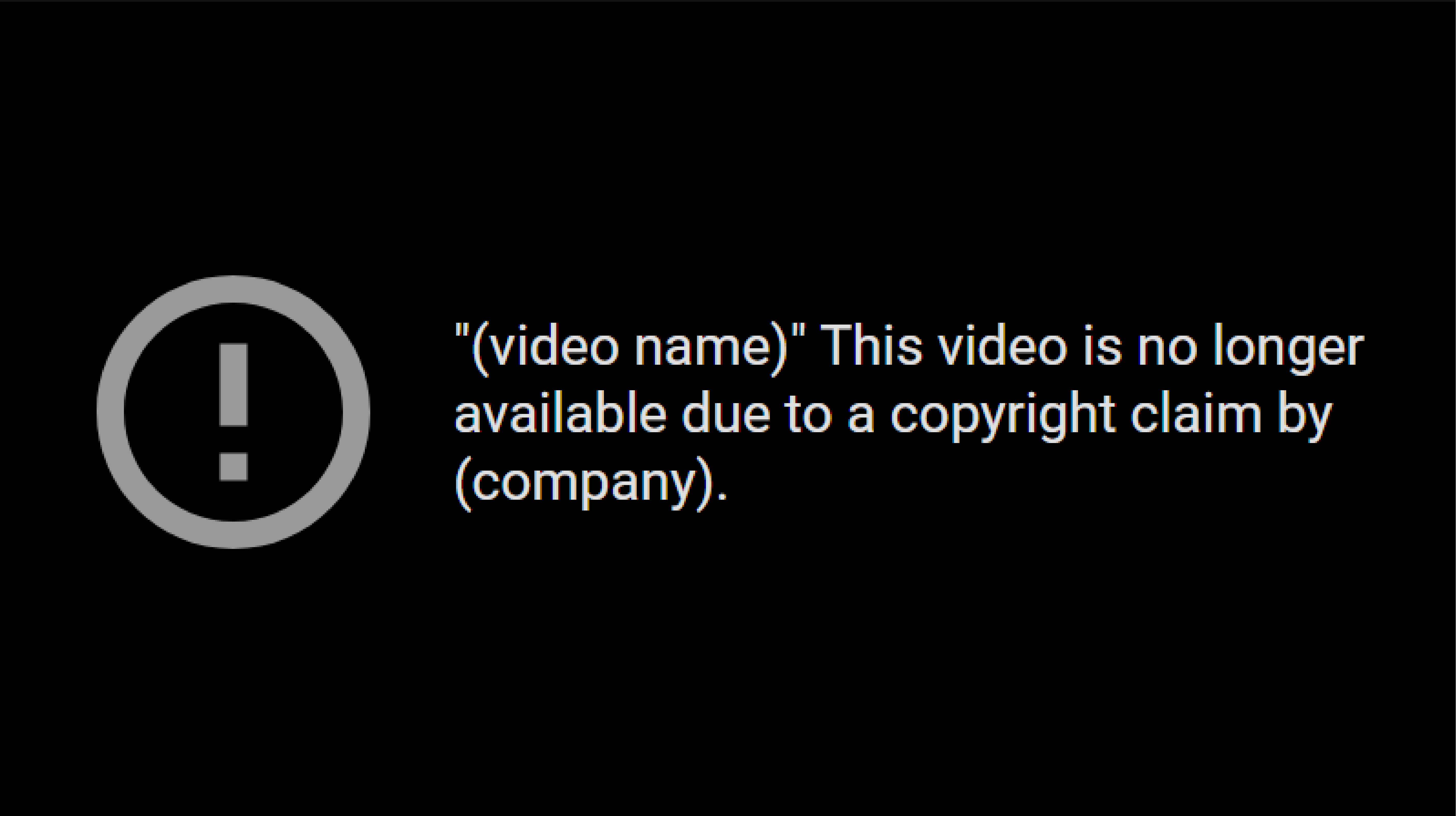
YouTube takes copyright violations or the use of copyrighted content without permission very seriously and immediately issues copyright infringements.
If you are in the YouTube Partner Program, you should always make sure that you have a full license to use the content you have, or it should be original content created by you, and you should hold all rights to the content you use.
Failure to do any, and all will result in a copyright violation notification from YouTube.
When it comes to copyright infringements, there are two ways YouTube will take action when it’s reported. Depending on the severity, you will either receive a copyright strike or a copyright claim.
While copyright claims are comparatively harmless, copyright strikes are not the same!
Copyright claims can pop up on videos that have popular songs from established record labels, or music artists, soundtracks from content you are sharing, and any audio or video that matches with YouTube’s directory.
However, they only disable monetization of that particular video, and any revenue generated from the video will be given to the owner of the copyrighted content (audio, video, or both).
Copyright claims, on the other hand, are manually sent takedown requests from the creator of the original video. If you use someone’s content (audio, video, or both) without their permission, and they find it out, they can issue a takedown request.
YouTube will give you a copyright strike, and remove the video from your profile.
You will also have additional restrictions like the inability to live stream for the next seven days, and monetization becoming disabled for all your videos on YouTube until you resolve the strike.
If you receive three copyright strikes and they don’t resolve within a designated courtesy period of 7 days (for YouTube Partners only), your YouTube channel will be terminated.
2. Breach of YouTube Partner Policy or Community Guidelines
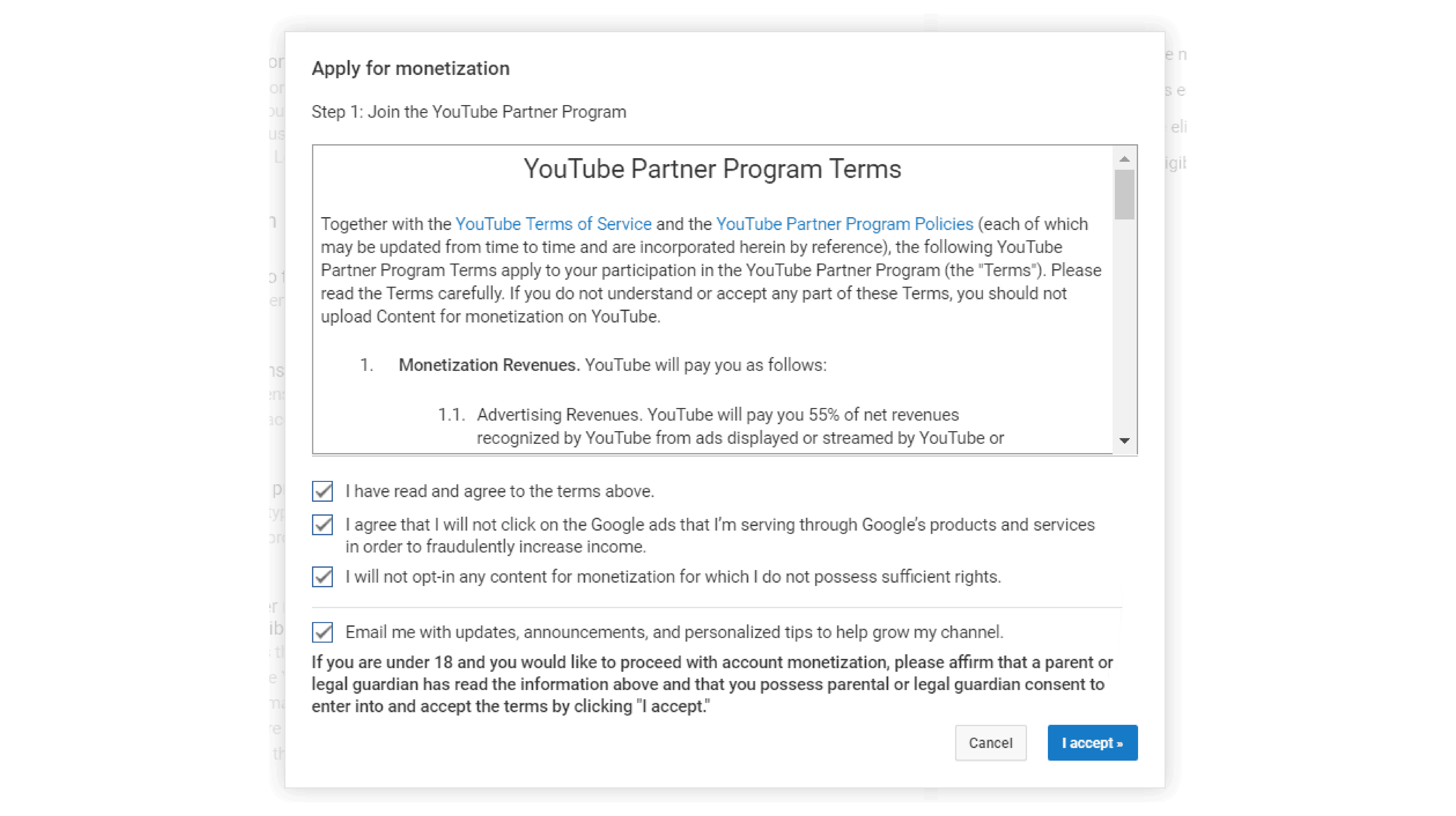
YouTube is one of the biggest video-sharing and broadcasting platforms in the world today.
People from all wakes of life, belonging to a wide range of age groups frequent YouTube on a regular basis.
To make sure that everyone gets a safe and enjoyable experience on YouTube, there are community guidelines, terms of service, and a YouTube Partner Policy in place.
As a creator, and partner of YouTube, you are required to adhere to all these policies and guidelines at all times.
When you complete the sign-up process for YouTube Partner Program, you will be asked to go through the community guidelines, YouTube Partner Policy, and terms of service.
You will then be required to agree to these policies and guidelines.
Make sure that you go through these guidelines in detail and always follow the rules. You will also be required to make content that’s ad-friendly to make sure that you get all the ads to get the maximum revenue from YouTube Partner Program.
In the event of breaching YouTube Partner Policy, community guidelines, or terms of service - your YouTube channel monetization can be disabled temporarily or permanently depending on the severity of the violation.
You can avoid such infringements by making sure that you stay clear of content that has hateful content, graphic violence, abusive words or actions, propaganda, copyright violations, bullying, and other negative elements.
If your content is made for adults only, make sure that you turn on age restriction to avoid getting your YouTube channel banned or monetization disabled.
3. Content That’s Repetitive, Spam, Deceptive or Misleading
YouTube is a moderated platform that will go through most of the videos and flag content that breaches YouTube Community Guidelines or misleads viewers.
There are many instances where YouTube channels are created for unethical marketing.
This can be anything from comment spamming, to promoting random products from unverified sources for phishing, and hacking.
To make sure that YouTube users are protected and safeguarded from such malpractices, YouTube takes down videos that have content that spam, mislead, scam, or breach YouTube guidelines and policies, or have bad intentions that are not suited for the viewing experience of the audience.
Your YouTube monetization will be disabled if your channel has content that is:
Spam
If you create content that’s repetitive or add links to your video description that redirects viewers to some other malicious website, your content will be considered spam. Any event of intentionally using software or tricks to entice others with a false promise of making money, fraudulent activity, or selling malicious software will also be considered spam.
Abusive Comments
If you are someone that regularly adds comments on other YouTube channels, you need to make sure that all comments are family-friendly and shared in a positive tone. Adding comments with bad intentions, hateful content, derogatory language, and abusive in nature is against the community guidelines. This can even result in the comment feature becoming disabled or YouTube monetization getting disabled.
Misleading Metadata or Thumbnails
Add titles, and thumbnails that are clickbait or have no relation to what the original content used to be a strategy that was employed by YouTubers to get more views and engagement. However, YouTube has made it clear time and again that using clickbait titles, thumbnails, descriptions, or tags is against YouTube guidelines. If you add misleading metadata or thumbnails, you can end up getting your YouTube monetization disabled.
Scam
Creating YouTube channels for spam and fraudulent activities is against the YouTube community guidelines, terms of service, and YouTube partner program policies. All forms of scam content that are picked up by YouTube moderators, or reported will result in your YouTube monetization getting disabled, or the channel getting terminated with immediate effect.
How to Solve YouTube Monetization Issues
There are multiple ways to solve your issues with YouTube monetization.
However, what you need to do first is identify what causes the disabling of your YouTube channel in the first place.
It should also be noted that monetization can be disabled due to some bugs or technical issues from YouTube’s end as well.
Make sure that monetization is enabled on a particular video or all videos (if monetization is completely disabled on your YouTube channel).
If you are having trouble finding reasons as to why your YouTube monetization got disabled in the first place, you need to make use of YouTube Studio and find a fix.
Follow these steps to use YouTube Studio to fix disabled monetization:
- Log in to your YouTube Channel.
- Click on your profile picture from the top right corner
- A drop-down will now appear from which you need to select “YouTube Studio”.
- Next, you need to click on the “Content” tab to get a list of all your videos.
- The list of all your videos will also feature a “Monetization” tab.
- You can click on the drop-down option to turn monetization on or off.
- Alternatively, you can also click on the “$” on individual videos to get all monetization options.
- If any of the monetization options are turned off, your monetization for that particular video will also be disabled.
- Turn monetization and ads on to enable monetization.
If monetization is enabled, and there is no technical glitch from YouTube’s end, the only possible reason for YouTube monetization being disabled is that you made some mistake or posted the content that violates the conditions we covered.
If your monetization is disabled due to a copyright strike, make sure that you resolve the strike within the courtesy period of seven days.
Copyright strikes that are not resolved will disable monetization until you resolve the strike, or contact the copyright owner and request him to withdraw the takedown request.

